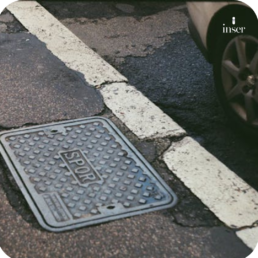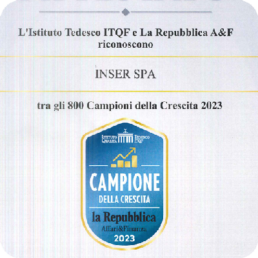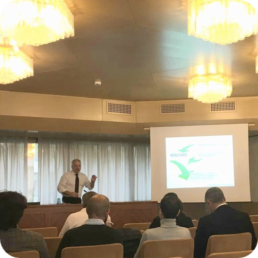The digitization of public contracts: the new "e-procurament" system and the temporary alternative platform, for tender procedures up to five thousand euros

As of January 1, 2024, the entire cycle of public contracts (from planning to execution) will take place through the use of interchangeable and interconnected databases. However, do the combined provisions of Art. 1(450) of Law 296/2006 and Art. 48(3) of the Code really allow one to speak of a mandatory regulation?
On January 1, 2024, the digitization provisions became definitively effective: the entire cycle of public contracts (from planning to execution) will take place through the new "National Digital Procurement Ecosystem (e-procurament)".The legislator's rationale is to ensure through digitization compliance with legality, reduce corruptive phenomena, ensure transparency, traceability, participation and control of all procedures, through the use of interchangeable and interconnected databases.The new e-procurement system, governed by Articles 19-30 of the Code, consists, first of all, of the "National Contracts Database" (Art. 23), established at ANAC, which operates in interconnection with all national databases.Together with the BDNC, the so-called "Virtual Fascicolo dell'operatore economico" (art.24) was created, containing all data on economic operators, who have participated at least once in a tender. And under the "once only" principle, by entering data once, public authorities will be able to dialogue, exchanging details and official documents.Finally, Article 25 regulates "Digital Procurement Platforms", which are those platforms to be used by individual contracting stations, to enable digital interconnection with national ones.It follows that each contracting station will have to have a digital platform as a requirement for participating in the nation's e-procurement ecosystem. However, at the first application stage, some operators have cast doubt on the capacity of the residual provision on the containment of public spending in Article 1, paragraph 450 of Law 296/2006 (the so-called 2007 Finance Act), which, for procurements under five thousand euros, provides an exemption from the use of the electronic market and the use of telematic systems for carrying out procedures. The application uncertainty is also fueled by the new article 48, paragraph 3, of the Code, in the mind of which "The obligations of use of purchasing and negotiation provided by the current provisions on the containment of spending remain in place."From a reading of the two provisions, it would seem that the obligation for contracting stations to make use of digital platforms does not operate for awards of up to five thousand euros.The ANAC president's communiqué of January 10, 2024, closes any interpretative uncertainty, recalling in fact that the digitization discipline does not allow for hypotheses of derogation or exemption, given that the entire cycle of public contracts must be managed through certified digital procurement platforms.More precisely, for administrations that do not yet have a certified digital platform, the ANAC president invites them to make use, subject to agreement, of certified platforms made available by other contracting stations or granting bodies. Instead, for direct awards of less than five thousand euros, contracting stations, until 09/30/2024, will have the option of acquiring the CIG using - in the absence of their own digital platform - the web interface made available by the PCP (Public Contracts Platform).Thus, the digitization of micro-contracts is also ensured, in harmony with the new system of e-procurement, which represents a real revolution in the world of public contracting, because it claims to bring significant benefits in terms of simplification, rationalization and speeding up of procedures, as well as respect for legality, reduction of corruptive phenomena, through increased transparency, traceability, participation and control of all public evidence procedures. For further study:- Communication of the President ANAC of January 10, 2024.









































































